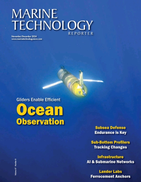New Submarine Named USS Idaho
Secretary of the Navy Ray Mabus hosted a ship-naming ceremony today to announce that SSN 799, a Virginia-class attack submarine, will bear the name USS Idaho.
The submarine will be named to honor the history its namesake state has with the Navy. Idaho is home to the former Farragut Naval Training Station, which was the second largest training facility in the world during World War II. From the early 1950s to the mid-1990s, the Naval Reactors Facility (NRF) located within the Idaho National Laboratory, trained nearly 40,000 Navy personnel in surface and submarine nuclear power plant operations with three nuclear propulsion prototypes including the first nuclear-powered submarine prototype, S1W. The facility continues to support the Navy by examining Naval spent nuclear fuel and irradiated test specimens, which are used to develop new technology and to improve the cost-effectiveness of existing designs. And nearby, Lake Pend Oreille, the fifth deepest lake in the United States, continues to conduct tests of large-scale submarine and surface ship prototypes in a setting with acoustic properties similar to that of the ocean.
The future USS Idaho will be the fifth naval vessel to bear the name. The first, commissioned in 1864, was a steam sloop that served as a store and hospital ship; the second, commissioned in 1905, was a battleship that largely supported American Foreign Policy in Central America and conducted operations and exercises in Guantanamo Bay. The third Idaho was a motorboat commissioned in 1917 that patrolled New Jersey and Pennsylvania harbors. The last Idaho was a New Mexico-class battleship launched on June 30, 1917 and saw action in World War II.
Virginia-class attack submarines provide the Navy with the capabilities required to maintain the nation's undersea supremacy well into the 21st century. They have enhanced stealth, sophisticated surveillance capabilities and special warfare enhancements that will enable them to meet the Navy's multi-mission requirements.
These submarines have the capability to attack targets ashore with highly accurate Tomahawk cruise missiles and conduct covert, long-term surveillance of land areas, littoral waters or other sea-based forces. Other missions include anti-submarine and anti-ship warfare; mine delivery and minefield mapping. They are also designed for special forces delivery and support.
Each Virginia-class submarine is 7,800-tons and 377 feet in length, has a beam of 34 feet, and can operate at more than 25 knots submerged. They are designed with a reactor plant that will not require refueling during the planned life of the ship, reducing lifecycle costs while increasing underway time. The submarine will be built under a unique teaming agreement between General Dynamics Electric Boat (GDEB) and Huntington Ingalls Industries-Newport News Shipbuilding (HII-NNS) wherein both companies build certain portions of each submarine and then alternate deliveries. Idaho will be delivered by GDEB located in Groton, Connecticut.

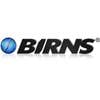

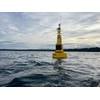
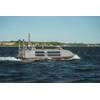
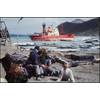
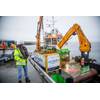





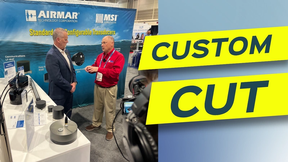
 December 2024
December 2024


